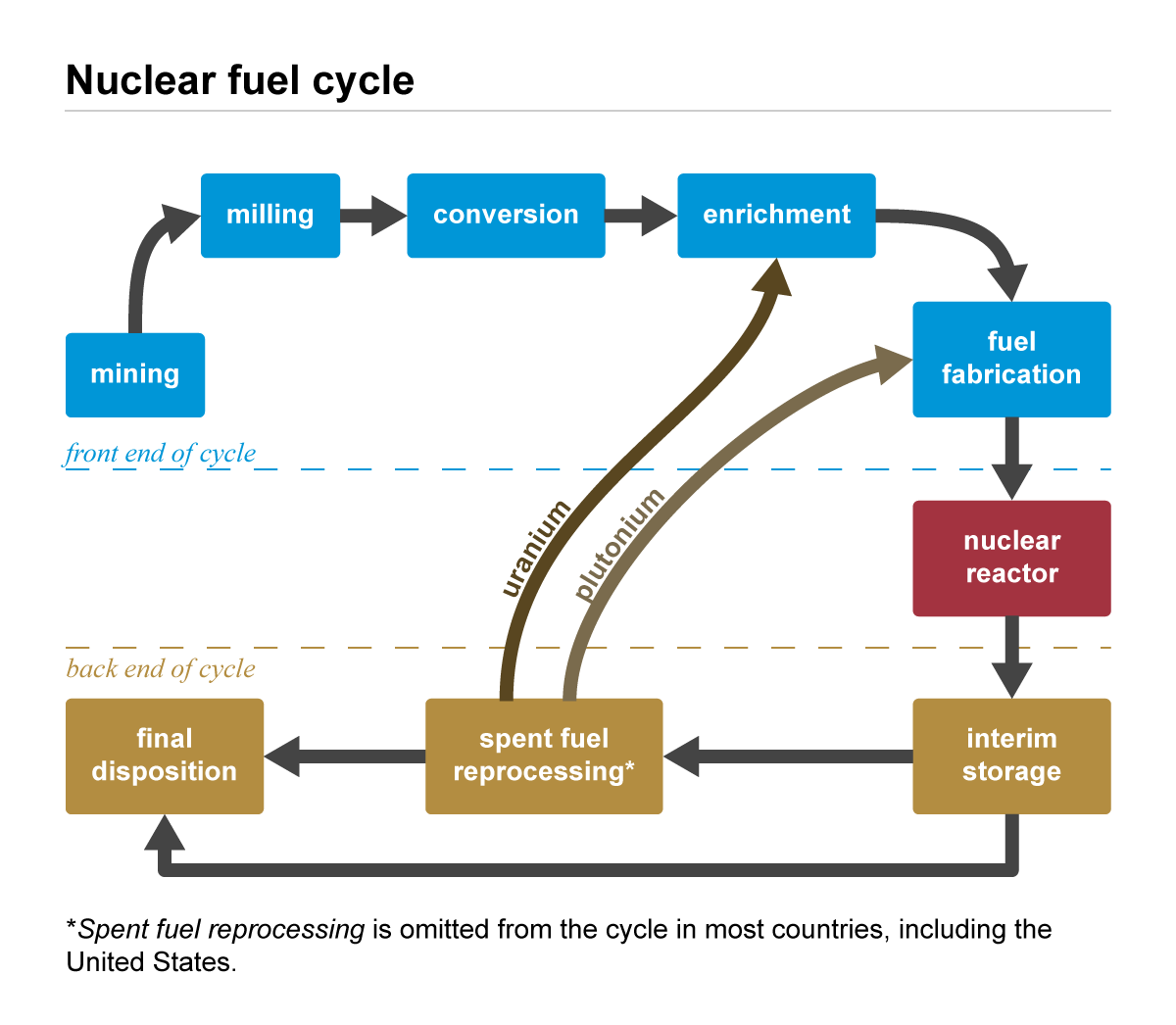Explanation
Comprehensive paragraph:
Seismologists have devised two scales of measurement to enable them to describe and record information about earthquakes in quantitative terms. The most widely known measurement is the Richter scale, a numerical logarithmic scale developed and introduced by American seismologist Charles R. Richter in 1935. The purpose of the scale of the sale is to measure the amplitude of the largest trace recorded by a standard seismograph one hundred kilometers from the epicenter of an earthquake. Tables have been formulated to demonstrate the magnitude of any earthquake from any seismograph. For example, a one-unit increase in magnitude translates into an increase of times thirty in released energy. To put that another way, each number on the Richter scale represents an earthquake ten times as strong as one of the next lower magnitude. Specifically, an earthquake of magnitude 6 is ten times as strong as an earthquake of 5 magnitude 5. On the Richer scale, earthquakes of 6.75 are considered great and 7.0 to 7.75 are considered major. An earthquake that reads 4 to 5.5 would be expected to have caused localized damage, and those of magnitude 2 may be felt. The other earthquake-assessment scale, introduced by the Italian seismologist Giuseppe Mercalli, measures the intensity of shaking, using gradations from 1 to 12. Because the effects of such shaking dissipate with distance from the epicenter of the earthquake, the Marcalli 2 or 3 are basically the same as those of Richter 3 or 4; measurements of 11 or 12 on the Mercalli scale can be roughly correlated with magnitudes of 8 or 9 on the Richter scale. In either case, the relative power or energy released by the earthquake can understand, and the population waits to hear how bad the earthquake that just passed really was. It is estimated that almost one million earthquakes occur each year, but most of them are so minor that they pass undetected. In fact, more than one thousand earthquakes of a magnitude of 2 or lower on the Richter scale occur every day.
Question:
1: what is the value of the tables?
a. they allow us to interpret the magnitude of earthquakes
b. they tell us to calculate the distance from
c.they record earthquakes all earthquakes
d. they release the energy of earthquakes
Question:
2: according to information in the passage what does the Richard scale record?
a. the distance from the epicenter
b. the amplitude of the largest trace
c. the degree of damage
d. the location of the epicenter
Questions:
3: The word standard in the paragraph could be replaced by
a.reliable
b.complex
c.conventional
d.abandoned
Question:
4: the word "undetected" used in the passage is the closest meaning to:
a. with no damage
b. with no notice
c. with no name
d. with no problem
Question:
5: The passage discusses all of the following in the explanation of the Richest scale except:
a. it was introduced in 1935
b. it was developed by an American Seismologist
c. It has a scale of 1 to 2
d. It measures the magnitude of earthquakes
*******
ND5-07-2023
